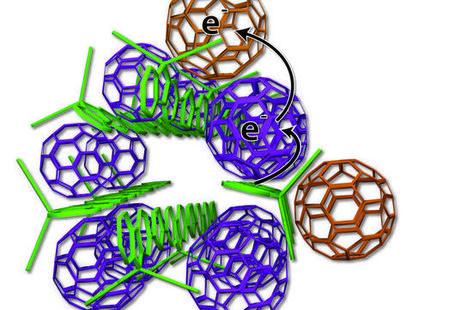Most of us need seven to eight hours of sleep a night to function well, but some people seem to need a lot less sleep. The difference is largely due to genetic variability. In research published online June 18th in Current Biology, researchers report that two genes, originally known for their regulation of cell division, are required for normal slumber in fly models of sleep: taranis and Cyclin-dependent kinase 1 (Cdk1).
'There's a lot we don't understand about sleep, especially when it comes to the protein machinery that initiates the process on the cellular level,' says Kyunghee Koh, Ph.D., assistant professor of Neuroscience at the Farber Institute for Neurosciences at Thomas Jefferson University and senior author on the study. 'Our research elucidates a new molecular pathway and a novel brain area that play a role in controlling how long we sleep.'
The researchers examined thousands of mutant fly lines and found a mutant, called taranis, that slept a lot less than normal flies. Using a series of genetic and biochemical experiments, the researchers tracked how Taranis interacted with other proteins and saw that Taranis bound to a known sleep regulator protein called Cyclin A. Their data suggest that Taranis and Cyclin A create a molecular machine that inactivates Cdk1, whose normal function is to suppress sleep and promote wakefulness.
Previous research has shown that Cyclin A is expressed in a small number of neurons including a cluster of seven neurons on each side of the brain. Koh and colleagues showed that these neurons are located in an area of the fly brain that corresponds with the human hypothalamus -- one of the sleep centers of the human brain. They saw a reduction of overall sleep when Taranis was knocked down only in these 14 neurons and when these same neurons are activated. 'We think this may be an arousal center in the fly brain that Taranis helps inhibit during sleep,' says Koh.
Although the Taranis protein has a human cousin, called the Trip-Br family of transcriptional regulators, it is yet unclear whether a similar system is at play in humans. However, Dr. Koh and her team first plan to investigate the cues that turn Taranis on and which proteins the Cdk1 kinase acts on to prevent sleep.
Via Dr. Stefan Gruenwald, Sigalon



 Your new post is loading...
Your new post is loading...










